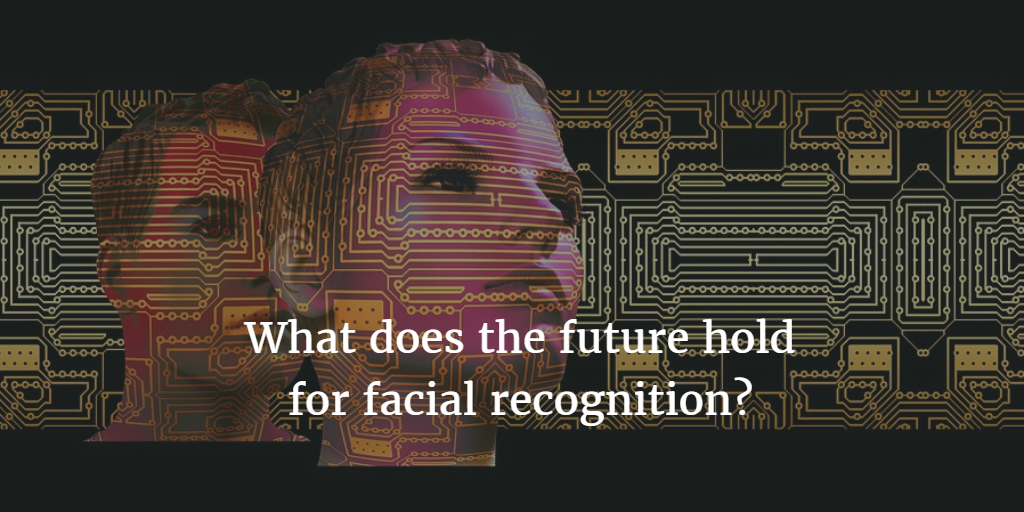Facial recognition technology in schools is a hotly debated topic. Some see it as a powerful tool to prevent potential violence, while others view it as a severe violation of privacy and civil rights. This raises the question: is it a good idea to make schools safe? The answer may be yes, but only with proper planning, implementation, and management.
What is Electronic Facial Recognition?
It’s a biometric system that uses unique features of the face—such as landmarks, geometric proportions, and skin texture—to identify individuals. This data is stored electronically and compared against scanned faces for recognition and identification.
Benefits
This technology has primarily been used for security and law enforcement purposes, including:
– Apprehending individuals who commit crimes
– Preventing the use of fake identification
– Scanning travelers in airports to find those suspected of crimes or on terrorist watch lists
While this sounds promising, it’s important to remember that facial recognition should not be seen as a complete solution to school safety.
Current Trends and Statistics
The use of facial recognition in schools is on the rise. A recent survey found that around 16% of U.S. K-12 schools have implemented some form of facial recognition technology, with that number expected to grow in the coming years. Proponents argue it enhances security by providing real-time alerts and helping law enforcement respond quickly to potential threats.
However, concerns about privacy, racial bias, and inaccuracies remain. Studies show that facial recognition systems can have a higher error rate when identifying women, people of color, and younger individuals—groups that comprise a significant portion of school populations. According to a 2023 study, facial recognition systems misidentified Black and Asian faces 10 to 100 times more often than White faces, highlighting the risk of false positives in diverse school environments.
Limits
Like any technology, facial recognition has limitations:
- Database Limitations: For facial recognition to work effectively, biometric data must already exist in the database. Without it, the system cannot identify or flag an individual.
- Accuracy Issues: The technology can fail due to different angles, facial expressions, accessories (hats, glasses, scarves), or changes in appearance (haircuts, makeup, weight changes).
- High Costs and Maintenance: Advanced systems that account for these nuances are costly and require continuous maintenance.
- Privacy Concerns: Schools must address whether the safety benefits of facial recognition outweigh the privacy costs. There is a fine line between security and surveillance, especially when students’ biometric data is involved.
Safety vs. Privacy
The safety versus privacy debate is ongoing. While facial recognition can enhance school security, it should not be the sole measure relied upon. Schools should carefully evaluate their privacy policies and ensure compliance with data protection laws, such as the Family Educational Rights and Privacy Act (FERPA) in the U.S. Biometric data should only be collected with explicit consent and safeguarded against unauthorized access.
Schools implementing facial recognition need clear guidelines on:
– Data Access: Who has access to the stored biometric data?
– Data Security: How will the data be protected from hackers?
– Opt-Out Options: Can students or staff choose not to participate in the system?
The Path Forward
Facial rec has the potential to make schools safer. Still, it must be part of a comprehensive security plan that includes staff and student training, physical security enhancements, and emergency preparedness. As technology evolves, schools must weigh the benefits of improved safety against the critical need to protect students’ privacy and civil liberties.
Conclusion
Facial recognition can be a valuable tool in preventing violence on school property, but its success depends on thoughtful implementation, strict privacy protections, and ongoing evaluation. The most effective way to keep schools safe will be a multi-layered approach integrating advanced technology with human oversight and robust security policies.
